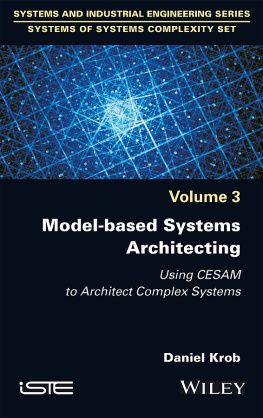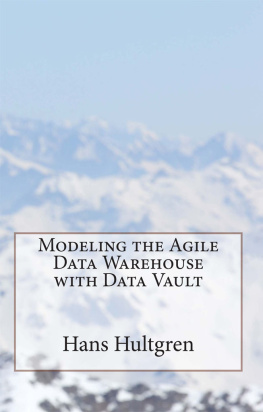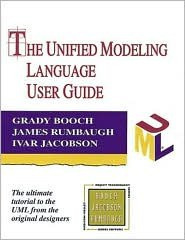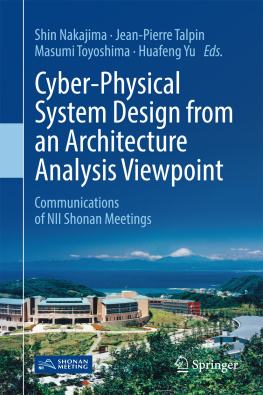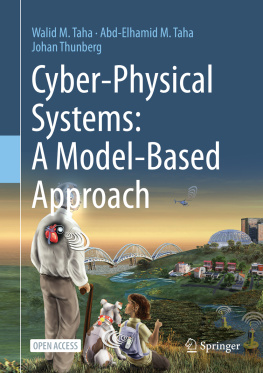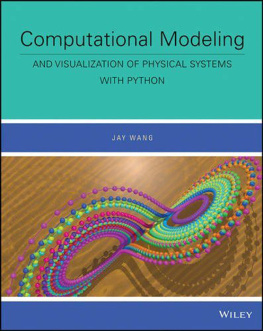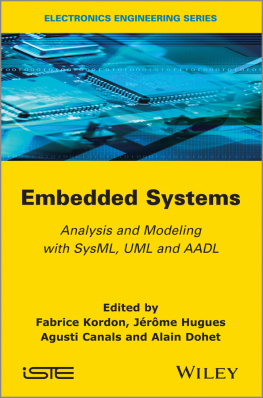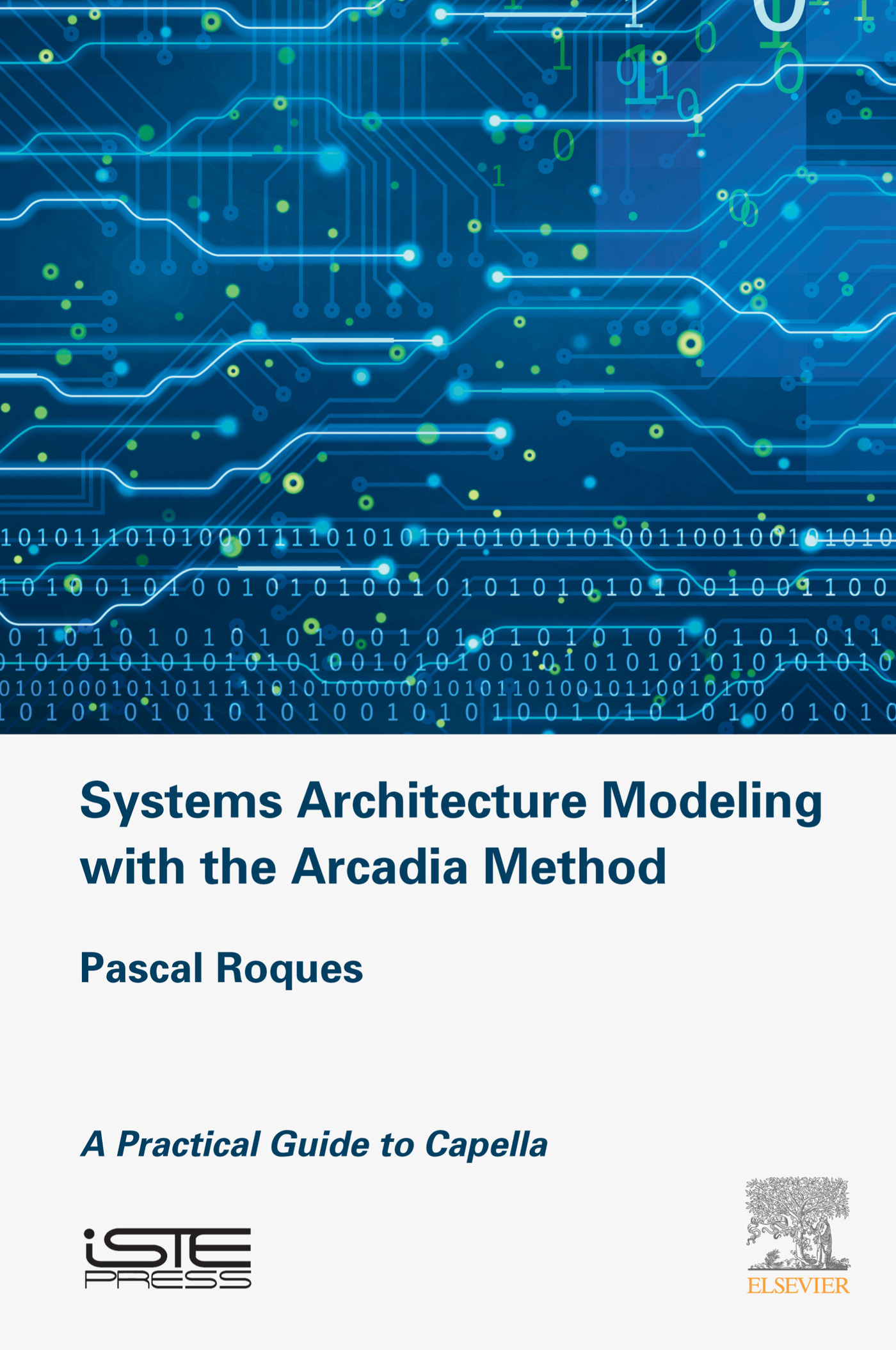Systems Architecture Modeling with the Arcadia Method
A Practical Guide to Capella
Pascal Roques
Implementation of Model Based System Engineering Set
coordinated by
Pascal Roques

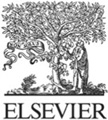
Copyright
First published 2018 in Great Britain and the United States by ISTE Press Ltd and Elsevier Ltd
Apart from any fair dealing for the purposes of research or private study, or criticism or review, as permitted under the Copyright, Designs and Patents Act 1988, this publication may only be reproduced, stored or transmitted, in any form or by any means, with the prior permission in writing of the publishers, or in the case of reprographic reproduction in accordance with the terms and licenses issued by the CLA. Enquiries concerning reproduction outside these terms should be sent to the publishers at the undermentioned address:
ISTE Press Ltd
27-37 St Georges Road
London SW19 4EU
UK
www.iste.co.uk
Elsevier Ltd
The Boulevard, Langford Lane
Kidlington, Oxford, OX5 1GB
UK
www.elsevier.com
Notices
Knowledge and best practice in this field are constantly changing. As new research and experience broaden our understanding, changes in research methods, professional practices, or medical treatment may become necessary.
Practitioners and researchers must always rely on their own experience and knowledge in evaluating and using any information, methods, compounds, or experiments described herein. In using such information or methods they should be mindful of their own safety and the safety of others, including parties for whom they have a professional responsibility.
To the fullest extent of the law, neither the Publisher nor the authors, contributors, or editors, assume any liability for any injury and/or damage to persons or property as a matter of products liability, negligence or otherwise, or from any use or operation of any methods, products, instructions, or ideas contained in the material herein.
For information on all our publications visit our website at http://store.elsevier.com/
ISTE Press Ltd 2018
The rights of Pascal Roques to be identified as the author of this work have been asserted by him in accordance with the Copyright, Designs and Patents Act 1988.
British Library Cataloguing-in-Publication Data
A CIP record for this book is available from the British Library
Library of Congress Cataloging in Publication Data
A catalog record for this book is available from the Library of Congress
ISBN 978-1-78548-168-0
Printed and bound in the UK and US
Foreword
The Arcadia method appeared during the year 2007 as part of the Thales Airborne Systems: this structured engineering method, which aimed to define and validate the architectural design of complex systems, was immediately followed by the Melody Advance tool, which aided its implementation.
The method has since demonstrated its benefits in all of Thales areas of excellence (Defense, Space, Aeronautics, Land transport, Security, etc.) providing structure to the collaborative work of those involved, who are often numerous during the definition phase of the system. The Arcadia method and the Melody Advance tool have progressively been deployed within the Group, and later externally. After going public, Melody Advance entered the world of Open Source software, under the name Capella.
Pascal has followed this deployment since the early stages of the project, and his collaboration with Thales University, which started 10 years ago, continues to this day, namely in the form of training that he provides on the Arcadia method and the Melody Advance/Capella tool.
Capella provides specific solutions to the problems of System Engineers and System Architects. It allows for the construction and maintenance of global and coherent systemic visions that integrate operational, system, logical and physical views, as well as the associated viewpoints of all stakeholders.
This book will allow you to experience Capella, and there is nothing better for this than a practical case As Albert Einstein said:
Knowledge is experience, everything else is just information.
The example that illustrates all of the aspects involved in the implementation of Capella is EOLE, a balloon probe system whose main goal is to provide meteorological data to different types of users. It is representative through:
its multiple stakeholders and user types;
its various types of component (hardware, software, etc.);
its types of functional and non-functional requirements.
It is this same case study that highlights the training provided by Thales University, which puts trainees very quickly into concrete situations.
Since 2008, Pascal has trained more than 1,200 Thales employees in the different sites in France and Europe (more than 100 sessions). It is this passion and his qualities as a teacher that will guide you throughout this logical and structured application of Capella.
So jump right in and follow Pascal in the fascinating experience of modeling.
Odile Mornas, Thales Global Services, INCOSE ESEP Certified
Preface
Pascal Roques October 2017
Aims of this book
The Arcadia modeling method was designed by Thales for its own needs. Since 2011 it has been applied to a growing number of projects over a variety of domains (avionic, rail systems, defense systems in all environments, satellite systems and ground stations, communication systems, etc.) and in many different countries.
This method is supported in its modeling aspect by a dedicated tool that responds to the constraints present during full-scale deployment in an operating context. This tool, called Capella (Melody Advance internally in Thales), is currently available free of charge for the system engineering community as an Open Source solution (www.polarsys.org/capella/).
My goal in this work is the introduction of this new environment for modeling in system engineering. Based on my experience as a modeling consultant in a number of domains, my pedagogical experience as an UML and SysML trainer for over 15 years, and as a provider of training with Melody Advance within the Thales group (more than 120 training sessions in France and in Europe, more than 1,500 trainees), I hope to show the advantages and assets of the Capella tool based on the Arcadia method.
This book is first of all aimed at system engineering professionals, those who are in charge of complex systems, both material and software, whether in the domains of aeronautics, space, energy, transport, defense, automotive, etc.
Structure of the book
.
presents the stakes and principles involved with the Capella tool, which implements the Arcadia method. First, we shall establish the perimeter that is targeted by the tool, as well as its origin. Next we shall describe the principles behind the humanmachine interface, as well as the varying nature of the diagrams involved.
demonstrate concrete use of the Capella tool (and therefore also the Arcadia method) in a realistic case study from Operational Analysis to EPBS. The difficulty in system engineering is often finding a case study that is representative enough, but not too complex or too specific to a single technical domain. In the context of this book, we have reused and adapted an example that we used over a hundred times during Capella training sessions carried out first at Thales, and later outside of Thales.


